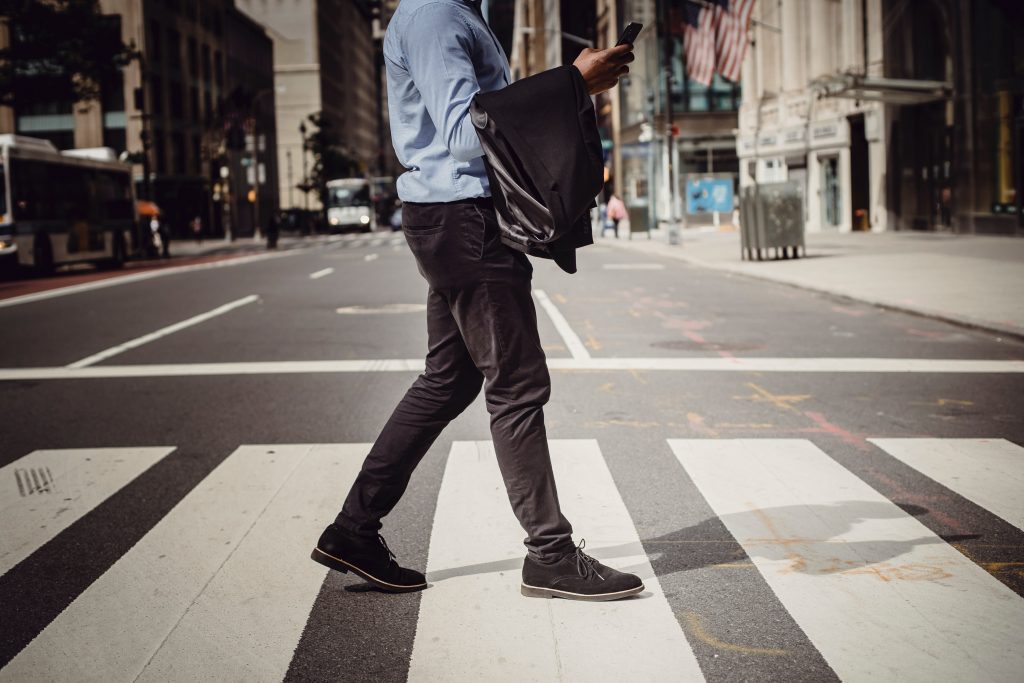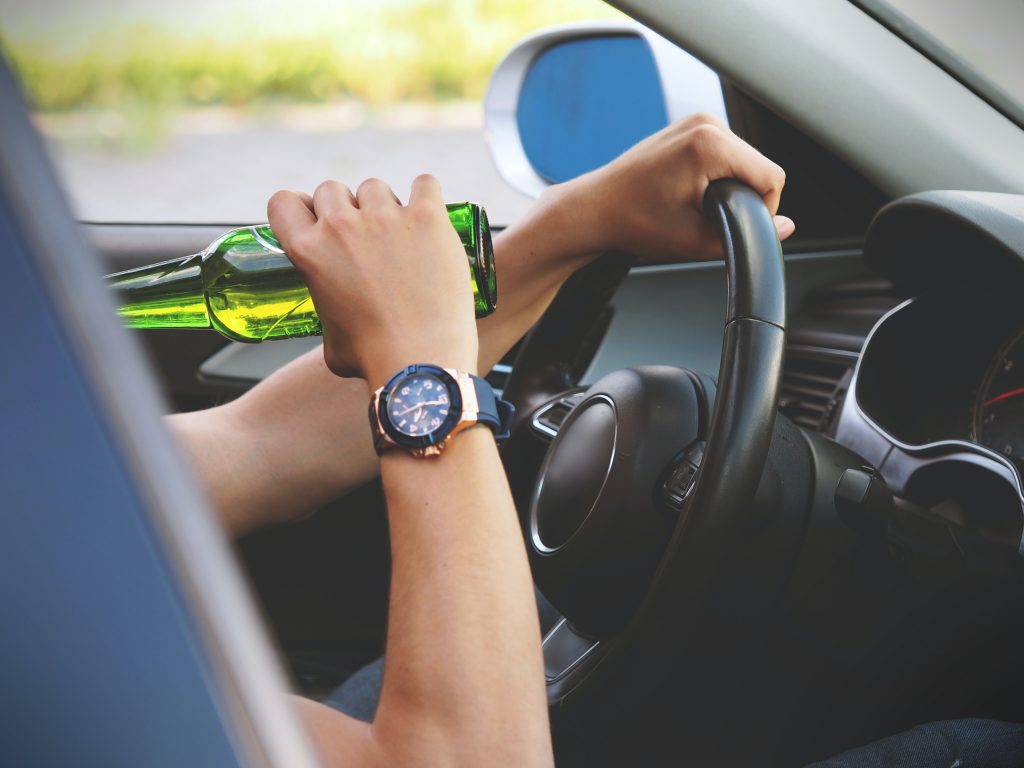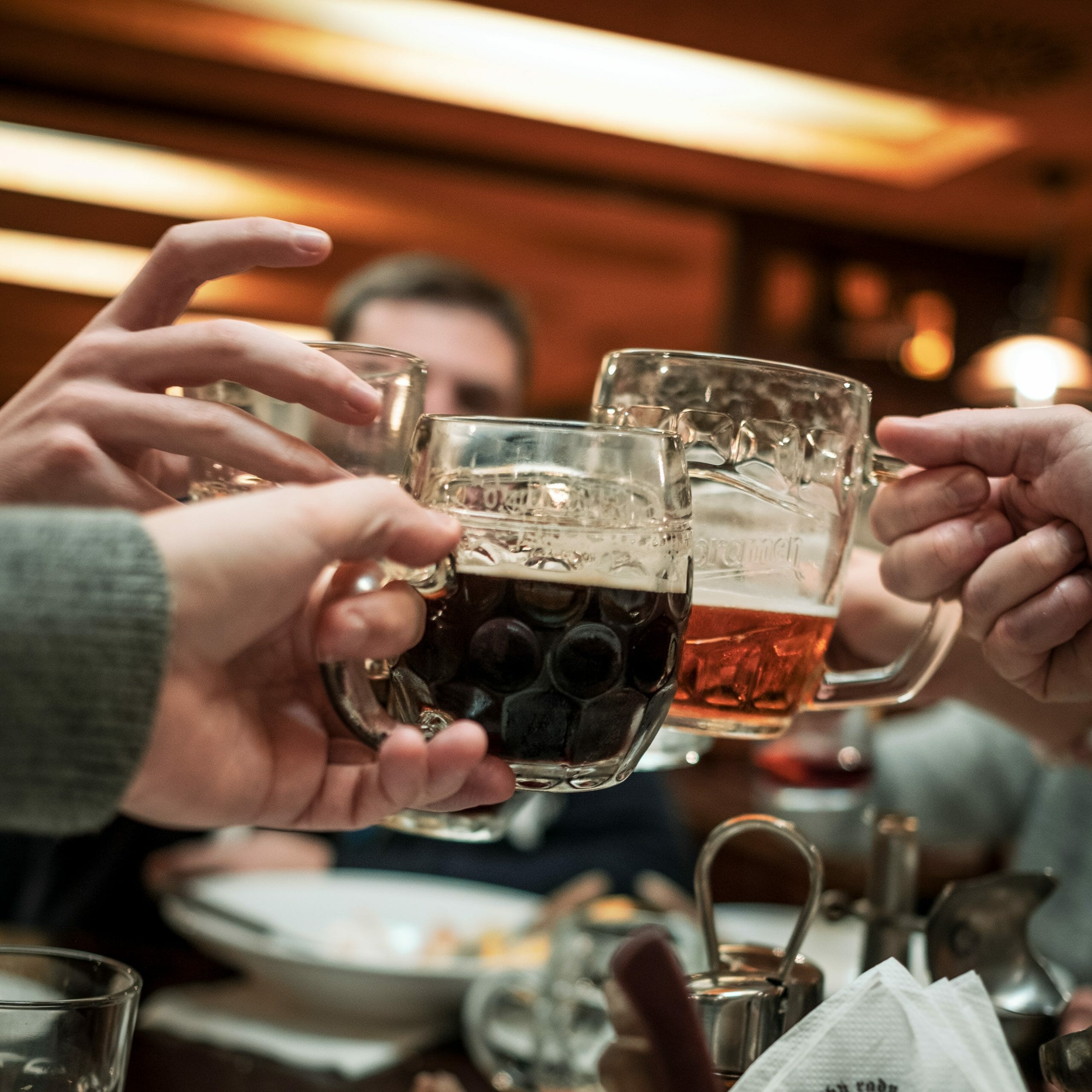A recent study by scientists at the University of Pittsburgh could tell if someone was intoxicated just by looking at their smartphone’s motion data.
We’ve all found ourselves at the end of a heavy night of drinking, stumbling home, walking into lamposts, and tripping over thin air. It’s safe to say, when alochol is involved, walking is never as simple as it is sober. So, whilst we’re drunk, our gait (personal manner of walking), is altered.
However, our alcohol consumption is usually only an issue when it comes to drink driving. In the US and UK (excluding Scotland), the legal driving limit is 0.08% Breath Alcohol Consumption, or BrAC. Police can only objectively determine an individual’s intoxication using a breathalyser. But, some have found fault with the 0.08% BrAC. The percentage is based on a national average of what is deemed a safe level of alcohol to drive a car, except, alcohol consumption and functionality differs from person to person. Someone at 0.08% BrAC may function completely normally – making it safe for them to drive. On the flip side, another person may be absolutely smashed, and despite being legally able to drive they could cause harm to themselves, or others, on the road.
So, the University of Pittsburgh has researched the correlation between gait and alcohol levels. As an increase in alcohol in our systems can betray our gait, the research uses smartphones, and their built in accelerometer, to monitor changes in subjects intoxication levels through motion data. Through a series of experiments, scientists found the data had a 93% accuracy rate.

The Experiment
The participants were given the classic vodka, lime and soda – emphasis on the vodka, and one hour to finish the drink. Researchers wanted subjects to reach the peak 0.20% BrAC quickly but also safely.
The study lead, Brian Suffoletto, said that, “we really wanted to have enough data points over the threshold of the legal limit of alcohol, which is 0.08. So, if you’re giving them a lower dose, you may only get one or two time points before the body sort of metabolizes the alcohol.”
Researchers strapped smartphones to the lowerbacks of participants so they could record their regular, sober gaits. Before the vodka was consumed, subjects were asked to walk 10 steps forward, turn around, and walk 10 steps back. They then repeated this drunk, once an hour, every hour, over a seven hour period. That way researchers could record their movements as their BrAC peaked and wavered using the smartphones motion data.
As each participant had their own unique sober and intoxicated gait, Suffoletto and his colleagues used individualised mathematical models that allowed them to compare each subject to themselves. ‘We found that, really, what was driving the model is the medial-lateral sway,” says Suffoletto, which refers to the swaying back and forth of an intoxicated individual in comparison to their usual sober selves.
The experiment was successful in over 90% of participants and was able to accurately measure the change in gait as their BrAC exceeded 0.08%. Although further research needs to be carried out, as in the real world people don’t have their phones strapped to their lower backs. Researchers plan to repeat the process with subjects either carrying their phones in their hands or having them in their pockets.
The research may be in its earlier stages, but it has built upon the existing evidence that motion data from smartphones can be used to measure intoxication. In fact, the police have used their own version of gait testing on suspected drunk-drivers, called the “walk and turn test.” Worcester Polytechnic Institute computer scientist Emmanuel Agu says that, “gait-sensed impairment is quite accurate, which is why the police have used the field sobriety test for decades,” and it has been highly effective in weeding out the over-the-limit drivers.

Despite the newly-recorded evidence being such a success, taking a blood sample remains the most accurate way to measure a person’s alcohol level. But Agu believes that, “gait sensing directly senses impairment and may facilitate a more futuristic approach to assessing DUIs.”
Furthermore, researches are looking to use the experiment findings as a way to monitor those who are alcohol dependent and ensure they remain sober through wearable alcohol biosensors.
In the end the experiment proves that we cannot hide how drunk we are when we walk, and as Shakira famously said: hips don’t lie.














